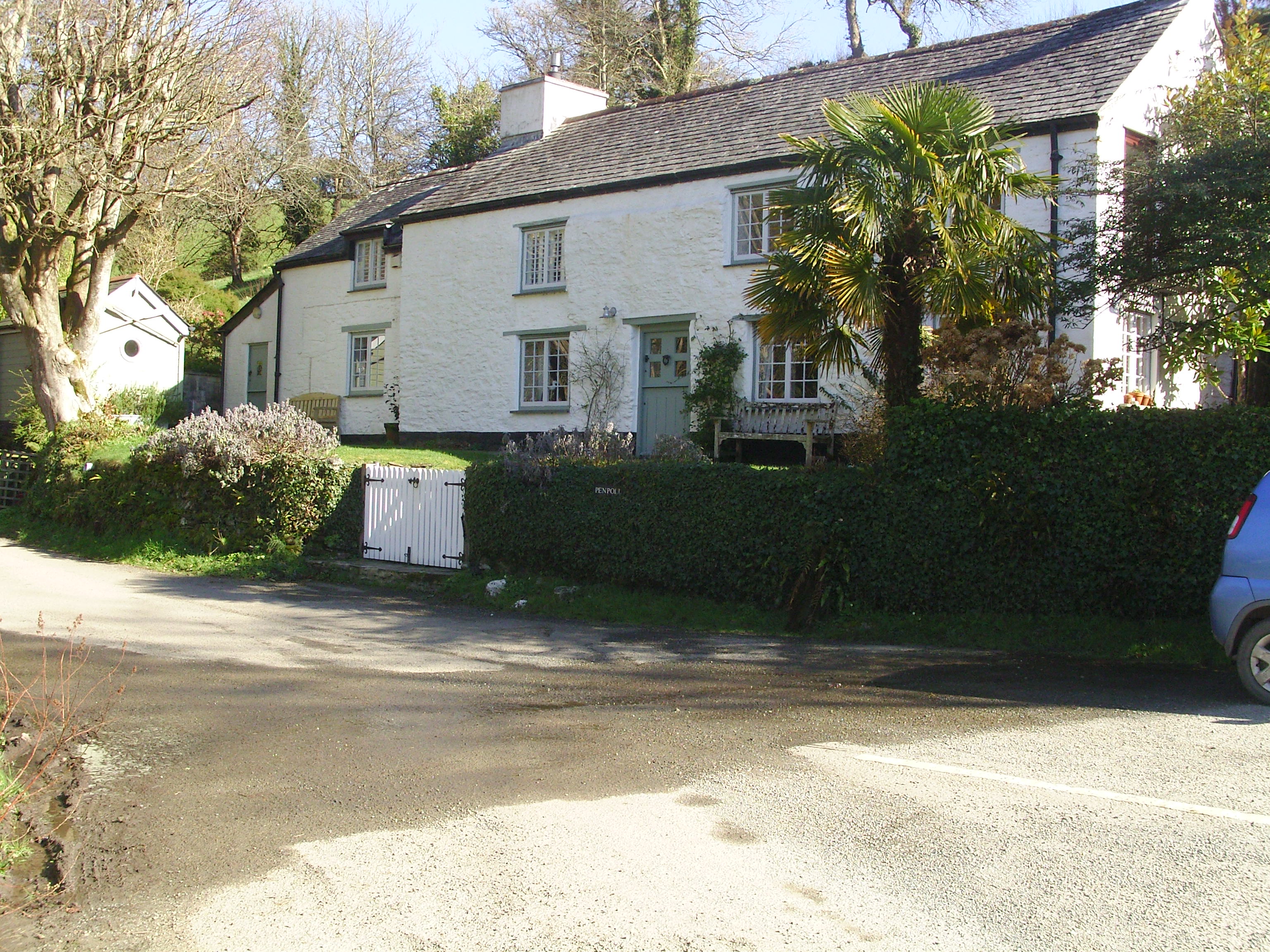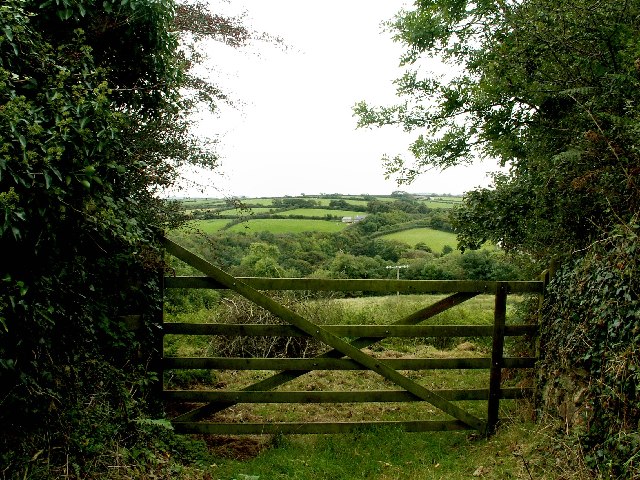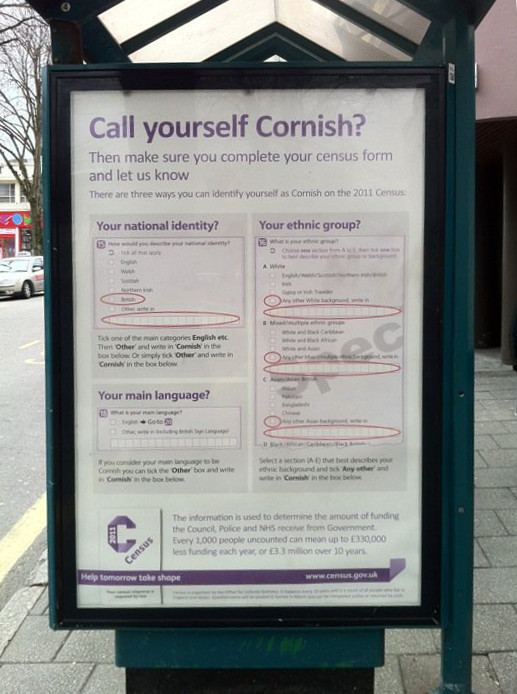|
Anthony Kingston
Sir Anthony Kingston (ca. 1508 – 14 April 1556) was an English royal official, holder of various positions under several Tudor monarchs.A.D.K. Hawkyard, 'Kingston, Anthony (by 1512-56), of Cadleigh, Devon and Painswick, Glos.', in S.T. Bindoff (ed.), ''The History of Parliament: the House of Commons 1509-1558'' (from Boydell and Brewer 1982)History of Parliament Online Accessed 17 December 2022. Family Anthony Kingston was the son of Sir William Kingston of Blackfriars, London by one of Sir William's first two wives, either Anne (née Berkeley), the widow of Sir John Guise (died 30 September 1501), or Elizabeth, whose surname is unknown. He had a sister, Bridget, who married Sir George Baynham (died 6 May 1546) of Clearwell, Gloucestershire, son and heir of Sir Christopher Baynham (died 6 October 1557). Sir William Kingston married thirdly, Mary (née Scrope), widow of Edward Jerningham (died 6 January 1515), and daughter of Richard Scrope (died 1485): by her Sir William h ... [...More Info...] [...Related Items...] OR: [Wikipedia] [Google] [Baidu] |
William Kingston
Sir William Kingston, KG ( – 14 September 1540) was an English courtier, soldier and administrator. He was the Constable of the Tower of London during much of the reign of Henry VIII. Among the notable prisoners he was responsible for were Queen Anne Boleyn, as well as the men accused of adultery with her. He was MP for Gloucestershire in 1529 and 1539. Life He was of a Gloucestershire family, settled at Painswick. William appears to have been a yeoman of the guard before June 1509. In 1512 he was an under-marshal in the army; went to the Spanish coast; was with Dr. William Knight in October of that year at San Sebastián, and discussed with him the course to be pursued with the disheartened English forces who had come to Spain under Thomas Grey, 2nd Marquess of Dorset. He fought at the battle of Flodden, was knighted in 1513, became sewer to the king, and later (1521) was a carver. He was appointed High Sheriff of Gloucestershire for 1514–15. He seems to have been wi ... [...More Info...] [...Related Items...] OR: [Wikipedia] [Google] [Baidu] |
Devon
Devon ( , historically known as Devonshire , ) is a ceremonial and non-metropolitan county in South West England. The most populous settlement in Devon is the city of Plymouth, followed by Devon's county town, the city of Exeter. Devon is a coastal county with cliffs and sandy beaches. Home to the largest open space in southern England, Dartmoor (), the county is predominately rural and has a relatively low population density for an English county. The county is bordered by Somerset to the north east, Dorset to the east, and Cornwall to the west. The county is split into the non-metropolitan districts of East Devon, Mid Devon, North Devon, South Hams, Teignbridge, Torridge, West Devon, Exeter, and the unitary authority areas of Plymouth, and Torbay. Combined as a ceremonial county, Devon's area is and its population is about 1.2 million. Devon derives its name from Dumnonia (the shift from ''m'' to ''v'' is a typical Celtic consonant shift). During the Briti ... [...More Info...] [...Related Items...] OR: [Wikipedia] [Google] [Baidu] |
St Veep
St Veep ( kw, Sen Vip) is a civil parish in Cornwall, England, United Kingdom, situated above the east bank of the River Fowey about three miles (5 km) south-east of Lostwithiel. It is bordered by the parishes of St Winnow to the north-west, Boconnoc to the north, Lanreath to the east Polperro to the south-east and Lanteglos to the south. The River Fowey forms its western boundary. The parish is named after Saint Veep of whom little is known (not even whether the saint was male or female). Part of the village of Lerryn is in St Veep parish. The hamlets of Cliff (), Higher Penpol (), Middle Penpol and Lower Penpol () are all within the parish. History The parish church was originally dedicated to Saint Veep, but when it was rebuilt in 1336 it was rededicated to Saint Quiricus and Saint Julietta. Following the Prayer Book Rebellion of 1549, a number of well-known Cornish figures and priests were murdered or hanged in Cornwall. These included Richard Bennet, vicar of St ... [...More Info...] [...Related Items...] OR: [Wikipedia] [Google] [Baidu] |
St Columb Major
St Columb Major is a town and civil parish in Cornwall, England, United Kingdom. Often referred to locally as ''St Columb'', it is approximately southwest of Wadebridge and east of Newquay Ordnance Survey: Landranger map sheet 200 ''Newquay & Bodmin'' The designation ''Major'' distinguishes it from the nearby settlement and parish of St Columb Minor on the coast. An electoral ward simply named ''St Columb'' exists with a population at the 2011 census of 5,050. The town is named after the 6th-century AD Saint Columba of Cornwall, also known as Columb. Twice a year the town plays host to "hurling", a medieval game once common throughout Cornwall but now only played in St Columb and St Ives.It is also played irregularly and less frequently at Bodmin, but nowhere else. It is played on Shrove Tuesday and again on the Saturday eleven days later. The game involves two teams of unlimited numbers (the 'townsmen' and the 'countrymen' of St Columb parish) who endeavour to carry a sil ... [...More Info...] [...Related Items...] OR: [Wikipedia] [Google] [Baidu] |
Gluvian
Gluvian is a hamlet in mid Cornwall, England, United Kingdom. It is situated one mile (1.6 km) north of St Columb Major (where the 2011 census population was included)Ordnance Survey: Landranger map sheet 200 ''Newquay & Bodmin'' at . Mayor William Mayow William Mayow, of Gluvian, was Mayor of St. Columb Major in Cornwall in the early 16th century. Following the Prayer Book Rebellion of 1549 the King's forces were sent down to Cornwall. The Provost Marshal at the time was Anthony Kingston ... of Gluvian in the parish of St Columb was hanged outside a tavern in St Columb in 1549. References Hamlets in Cornwall St Columb Major {{Restormel-geo-stub ... [...More Info...] [...Related Items...] OR: [Wikipedia] [Google] [Baidu] |
William Mayow
William Mayow, of Gluvian, was Mayor of St. Columb Major in Cornwall in the early 16th century. Following the Prayer Book Rebellion of 1549 the King's forces were sent down to Cornwall. The Provost Marshal at the time was Anthony Kingston Sir Anthony Kingston (ca. 1508 – 14 April 1556) was an English royal official, holder of various positions under several Tudor monarchs.A.D.K. Hawkyard, 'Kingston, Anthony (by 1512-56), of Cadleigh, Devon and Painswick, Glos.', in S.T. Bind ... and his job was to punish the leaders of the uprising. Others hanged by Kingston and his men included Richard Bennett, Vicar of St Veep and the Mayor of Bodmin (Nicholas Boyer). References 1549 deaths People from St Columb Major People executed under Edward VI of England Executed Cornish people Mayors of places in Cornwall Year of birth missing 16th-century English people People executed by the Kingdom of England by hanging {{Cornwall-stub ... [...More Info...] [...Related Items...] OR: [Wikipedia] [Google] [Baidu] |
St Ives, Cornwall
St Ives ( kw, Porth Ia, meaning "Ia of Cornwall, St Ia's cove") is a seaside town, civil parish and port in Cornwall, England. The town lies north of Penzance and west of Camborne on the coast of the Celtic Sea. In former times it was commercially dependent on fishing. The decline in fishing, however, caused a shift in commercial emphasis, and the town is now primarily a popular seaside resort, notably achieving the title of Best UK Seaside Town from the British Travel Awards in both 2010 and 2011. St Ives was incorporated by Royal Charter in 1639. St Ives has become renowned for its number of artists. It was named best seaside town of 2007 by ''The Guardian'' newspaper. History Early history The origin of St Ives is attributed in legend to the arrival of the Irish saint Ia of Cornwall, in the 5th century. The parish church bears her name, and the name St Ives derives from it. The Sloop Inn, which lies on the wharf was a fisherman's pub for many centuries and is dated to ... [...More Info...] [...Related Items...] OR: [Wikipedia] [Google] [Baidu] |
Bodmin
Bodmin () is a town and civil parish in Cornwall, England, United Kingdom. It is situated south-west of Bodmin Moor. The extent of the civil parish corresponds fairly closely to that of the town so is mostly urban in character. It is bordered to the east by Cardinham parish, to the southeast by Lanhydrock parish, to the southwest and west by Lanivet parish, and to the north by Helland parish. Bodmin had a population of 14,736 as of the 2011 Census. It was formerly the county town of Cornwall until the Crown Courts moved to Truro which is also the administrative centre (before 1835 the county town was Launceston). Bodmin was in the administrative North Cornwall District until local government reorganisation in 2009 abolished the District (''see also Cornwall Council''). The town is part of the North Cornwall parliamentary constituency, which is represented by Scott Mann MP. Bodmin Town Council is made up of sixteen councillors who are elected to serve a term of four years. ... [...More Info...] [...Related Items...] OR: [Wikipedia] [Google] [Baidu] |
John Russell, 1st Earl Of Bedford
John Russell, 1st Earl of Bedford (c. 1485 – 14 March 1555) was an English royal minister in the Tudor dynasty, Tudor era. He served variously as Lord High Admiral of the United Kingdom, Lord High Admiral and Lord Privy Seal. Among the lands and property he was given by Henry VIII after the Dissolution of the Monasteries, were the Abbey and town of Tavistock, Devon, Tavistock, and the area that is now Covent Garden. Russell is the ancestor of all subsequent Earls and Dukes of Bedford and Earls Russell, including John Russell, 1st Earl Russell, John Russell, Prime Minister of the United Kingdom and philosopher Bertrand Russell. Origins John Russell was born ca. 1485 probably at Berwick-by-Swyre, Dorset, the son of Sir James Russell (d. Nov. 1505) and his first wife Alice Wyse, daughter of Thomas Wyse of Sidenham, near Tavistock, Devon. James's father was possibly Sir William Russell, but more likely his brother John Russell (d. pre-November, 1505) by his wife Alice Froxmere, ... [...More Info...] [...Related Items...] OR: [Wikipedia] [Google] [Baidu] |
Cornish People
The Cornish people or Cornish ( kw, Kernowyon, ang, Cornƿīelisċ) are an ethnic group native to, or associated with Cornwall: and a recognised national minority in the United Kingdom, which can trace its roots to the ancient Britons who inhabited southern and central Great Britain before the Roman conquest. Many in Cornwall today continue to assert a distinct identity separate from or in addition to English or British identities. Cornish identity has been adopted by migrants into Cornwall, as well as by emigrant and descendant communities from Cornwall, the latter sometimes referred to as the Cornish diaspora. Although not included as an tick-box option in the UK census, the numbers of those writing in a Cornish ethnic and national identity are officially recognised and recorded. Throughout classical antiquity, the ancient Britons formed a series of tribes, cultures and identities in Great Britain; the Dumnonii and Cornovii were the Celtic tribes who inhabited what w ... [...More Info...] [...Related Items...] OR: [Wikipedia] [Google] [Baidu] |
Prayer Book Rebellion
The Prayer Book Rebellion or Western Rising was a popular revolt in Cornwall and Devon in 1549. In that year, the ''Book of Common Prayer'', presenting the theology of the English Reformation, was introduced. The change was widely unpopular, particularly in areas where firm Catholic religious loyalty (even after the Act of Supremacy in 1534) still existed, such as Lancashire. Along with poor economic conditions, the enforcement of the English language literature (as opposed to the traditional Latin) led to an explosion of anger in Cornwall and Devon, initiating an uprising. In response, Edward Seymour, 1st Duke of Somerset sent John Russell to suppress the revolt, with the rebels being defeated and its leaders executed two months after the beginning of hostilities. Background One probable cause of the Prayer Book Rebellion was the religious changes recently implemented by the government of the new king, Edward VI. In the late 1540s, Lord Protector Somerset, on behalf of th ... [...More Info...] [...Related Items...] OR: [Wikipedia] [Google] [Baidu] |
King Edward VI
Edward VI (12 October 1537 – 6 July 1553) was King of England and King of Ireland, Ireland from 28 January 1547 until his death in 1553. He was crowned on 20 February 1547 at the age of nine. Edward was the son of Henry VIII and Jane Seymour and the first English monarch to be raised as a Protestant. During his reign, the realm was governed by a regent, regency council because he never reached maturity. The council was first led by his uncle Edward Seymour, 1st Duke of Somerset (1547–1549), and then by John Dudley, 1st Earl of Warwick (1550–1553), who from 1551 was Duke of Northumberland. Edward's reign was marked by economic problems and social unrest that in 1549 erupted into riot and rebellion. An expensive war with Kingdom of Scotland, Scotland, at first successful, ended with military withdrawal from Scotland and Boulogne-sur-Mer in exchange for peace. The transformation of the Church of England into a recognisably Protestant body also occurred under Edward, who took ... [...More Info...] [...Related Items...] OR: [Wikipedia] [Google] [Baidu] |






